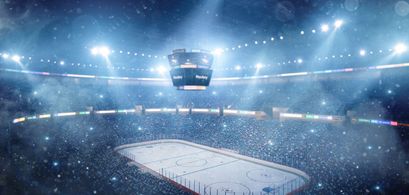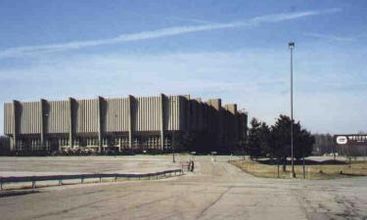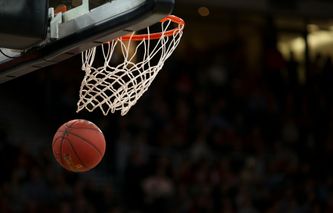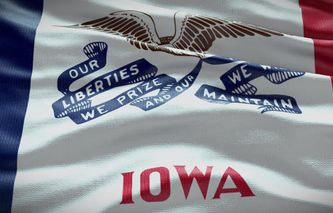First Game Played October 6, 1976
Final Game Played April 9, 1978
Merged into Minnesota Northstars in 1978

Historical Moments
1976/77:After nine failed season in Northern California, the Seals moved to Ohio, hoping to snatch up the fan base left behind by the WHA’s Crusaders who had just moved to Minnesota. The Barons would play in the Richfield Coliseum an hour drive away from Cleveland since the old Cleveland Arena was considered too small. However, the Richfield Coliseum, which at the time was the largest building in the NHL at 18,544 seats would never even come close to being sold out, as the Barons only broke the 10,000-mark seven times in 41 home games. The Barons would get off to a slow start settling to the bottom of the Adams Division early in the season. Midway through the season, Owner Mel Swig announced the team might have trouble even finishing the season, as they had difficulty meeting payroll. In February the Barons missed payment twice, to keep the team running the NHL and NHLPA had to loan the team $1.3 million to rescue the Barons’ sinking ship. The Barons would go on to finish in last place finish with a record of 25-42-13. Following the season, the team would get a new lease on life when George Gund III purchased controlling interest in the club.
1977/78:Starting the season with virtually the same team, the Barons pulled off their biggest win on November 23rd when they stunned the Montreal Canadiens 2-1 in front of 12,859 boisterous fans at the Richfield Coliseum. However, the Barons would continue to slide down the standings prompting GM Harry Howell to make several trades to make the team tougher, as the Barons acquired Walt McKechnie, Chuck Arnason, J.P. Parise, and Jean Potvin. The moves seemed to work at first as the Barons beat the New York Islanders, Buffalo Sabres and Toronto Maple Leafs all who were top playoff contenders. After a few more victories, the Barons appeared headed for a playoff spot. Fan interest was also picking up, as 13,110 (a team record) showed up to watch the Barons come from behind to tie the Philadelphia Flyers 2-2. However, it would all fall apart as the Barons went on a 15-game winless streak that doomed the Barons to another last-place finish with a 22-45-13 record. While the Barons were quickly fading, the Gund family was losing money, and planes were being made to put the Barons out of their misery. On June 14th at the league meetings in Montreal, the Cleveland Barons were laid to rest when it was announced that the Barons were merging with the Minnesota North Stars. The team would be owned by the Gunds but would play as the Minnesota North Stars, as they secured a sweetheart lease deal for the Met Center in Bloomington, Minnesota, something they could not obtain with the Richfield Coliseum.
1991-2001:The merger between the Barons and North Stars would fall apart a little over a decade later, as the George and Gordon Gund wanted to move the Minnesota North Stars to the Bay Area of California. In a compromise, the merger was undone, and the Gunds were granted half of their franchise, which they moved to San Jose, starting up an expansion team in 1991. Around the same time, Minor League Hockey returned to Cleveland as a city had a franchise in the IHL known as the Lumberjacks. The NHL would eventually make its way back to Ohio, too, as the city of Columbus was awarded an expansion team known as the Blue Jackets in 2000. In another ironic twist, the Barons’ name would be revived in the AHL a year later as the top affiliate of the San Jose Sharks.
Arenas
Players
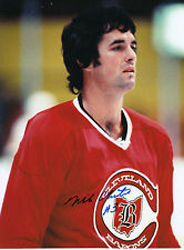 Mike Christie 1976-1978 | 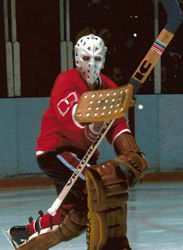 Gary Edwards 1976-1978 | 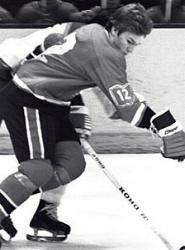 Mike Fidler 1976-1978 | 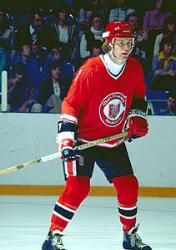 Dave Gardner 1976-1978 | 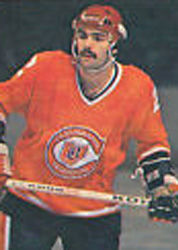 Rick Hampton 1976-1978 | 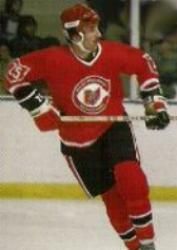 Al Mac Adam 1976-1978 |
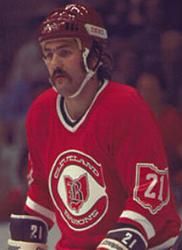 Dennis Maruk 1976-1978 | 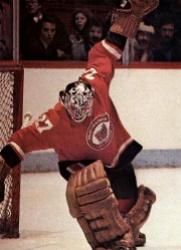 Giles Meloche 1976-1978 | 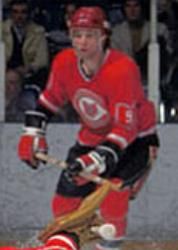 Wayne Merrick 1976-1978 | 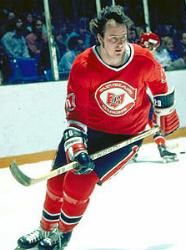 Bob Murdoch 1976-1978 | 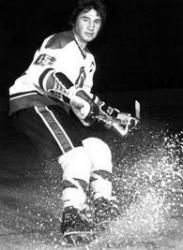 Jim Neilson 1976-1978 | 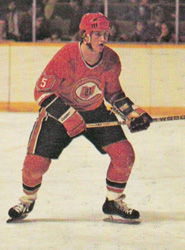 Greg Smith 1976-1978 |
 Bob Stewart 1976-1978 | 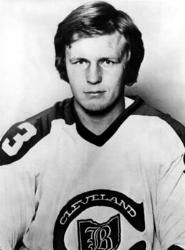 Chuck Arnason 1977/78 | 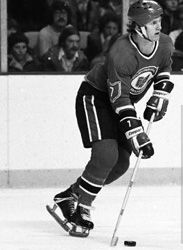 Kris Manery 1977/78 |
